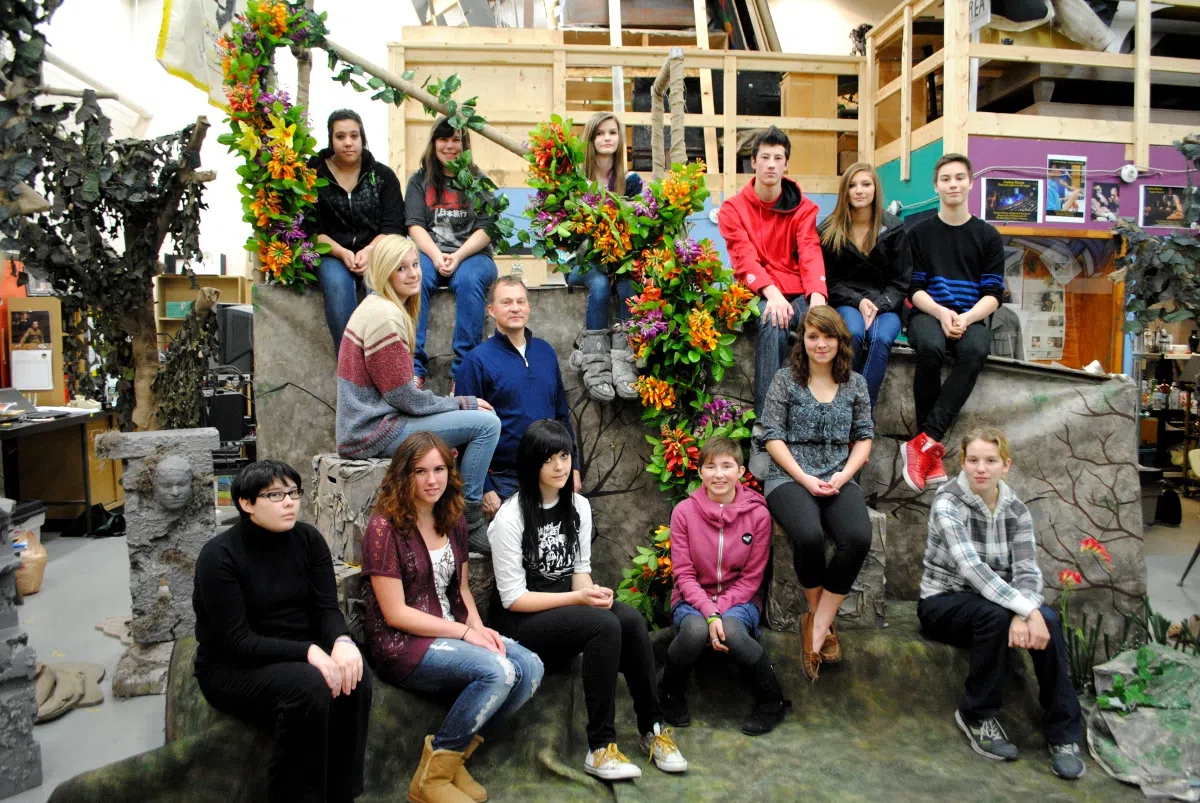
New education initiative turns teens into problem solvers
Want to get kids excited to go to class? Perhaps all you have to do is put them in charge of it.
That’s at least according to a drama teacher at Carlton Comprehensive High School who decided to take a new approach to learning this year.
He let his students design the set for their high school play, from first ideas through to completion.
This approach is one new education initiative coming into play in the province.


